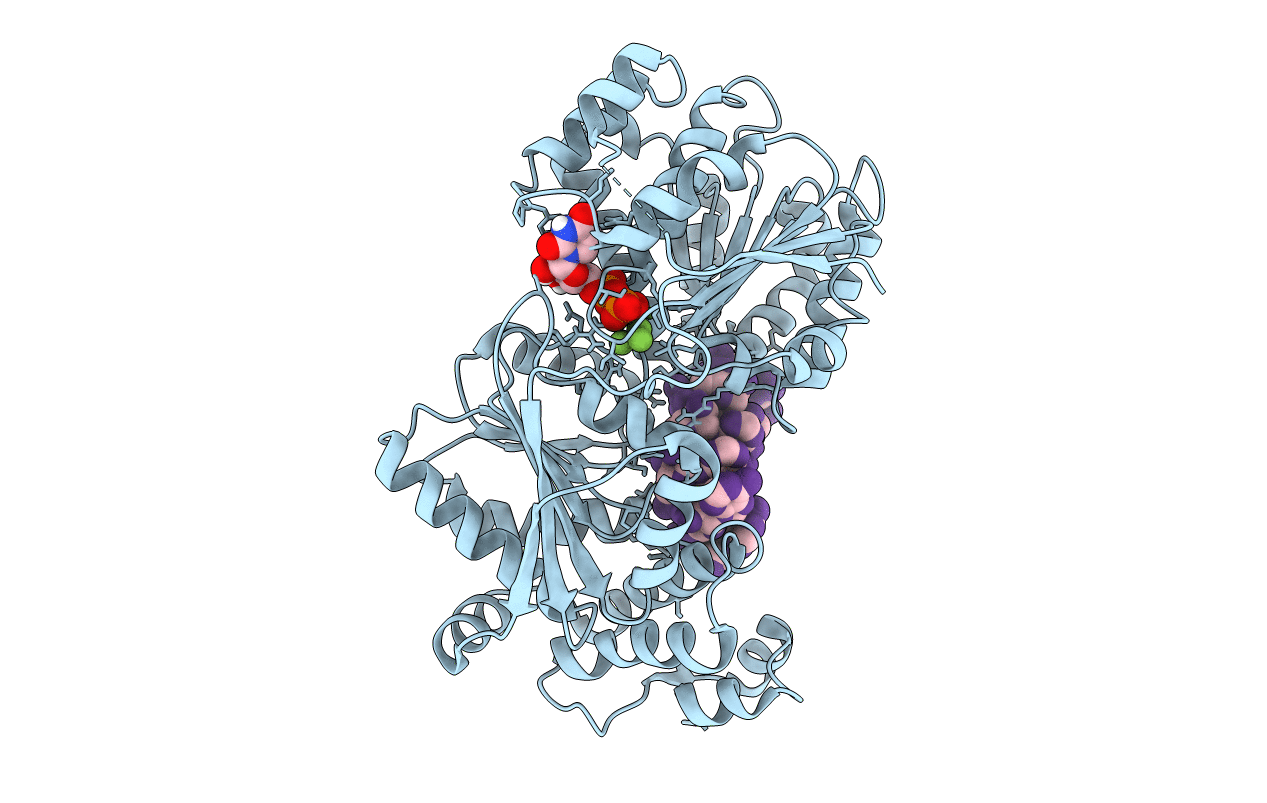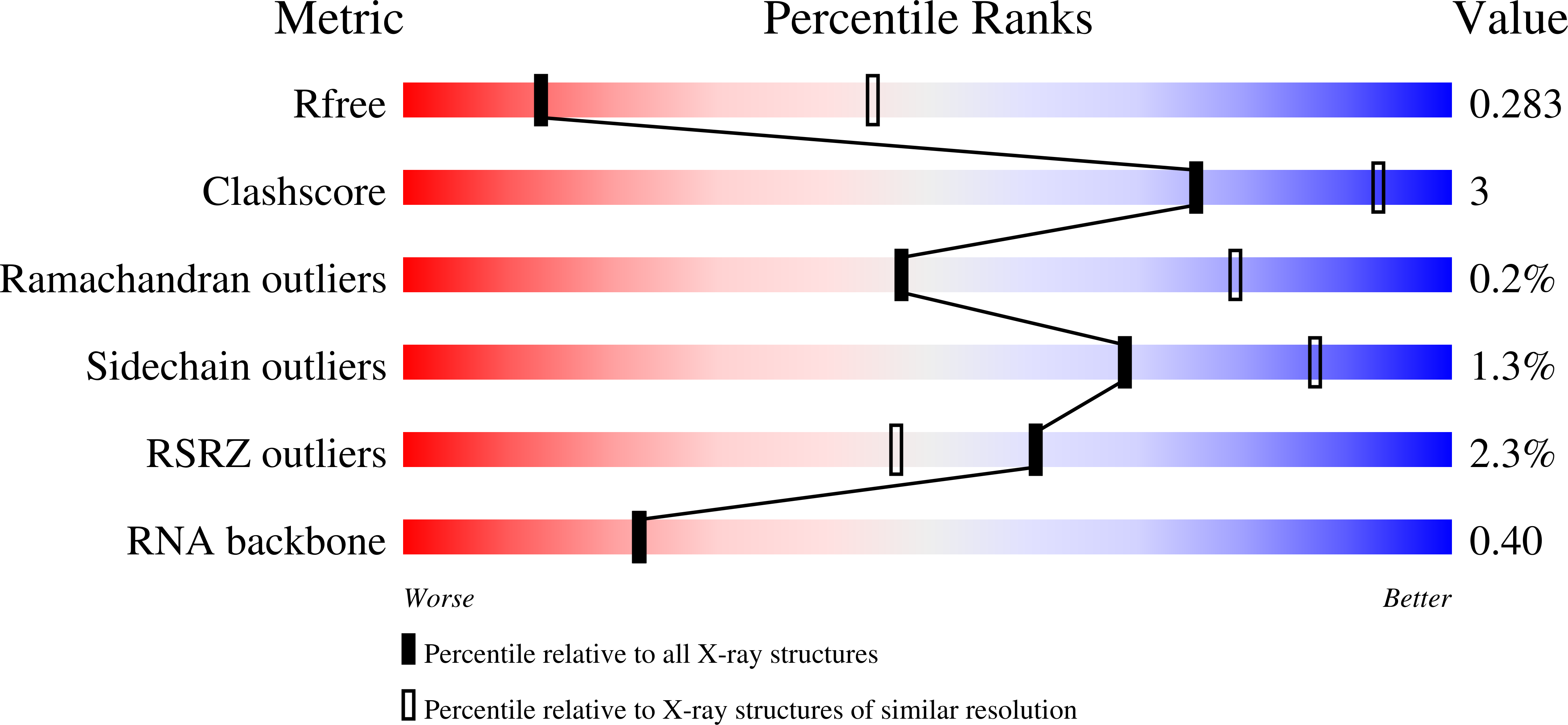
Deposition Date
2014-07-09
Release Date
2015-01-28
Last Version Date
2023-09-27
Entry Detail
PDB ID:
4TZ6
Keywords:
Title:
DEAD-box helicase Mss116 bound to ssRNA and UDP-BeF
Biological Source:
Source Organism:
Saccharomyces cerevisiae (strain ATCC 204508 / S288c) (Taxon ID: 559292)
Saccharomyces cerevisiae (Taxon ID: 4932)
Saccharomyces cerevisiae (Taxon ID: 4932)
Host Organism:
Method Details:
Experimental Method:
Resolution:
3.21 Å
R-Value Free:
0.26
R-Value Work:
0.21
R-Value Observed:
0.22
Space Group:
P 21 21 2


